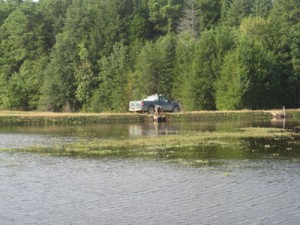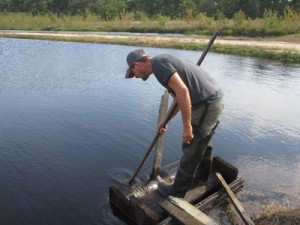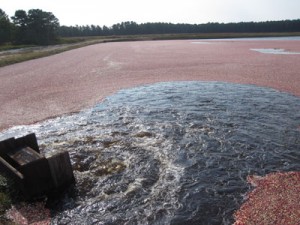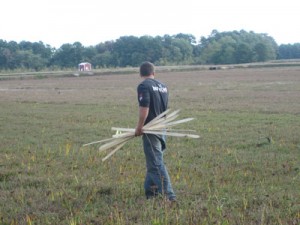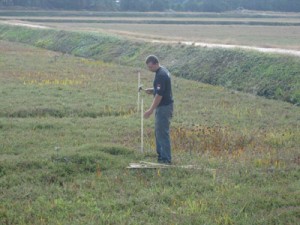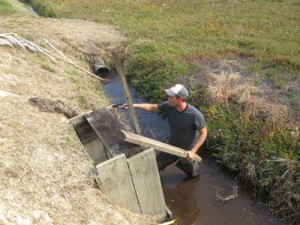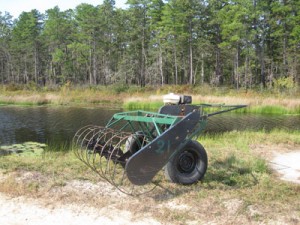It’s the most exciting time of the year at Pine Island Cranberry: harvest has begun! Harvest time is when our core values, always a priority, acquire even greater urgency. Our Pine Island team becomes even more committed to doing whatever it takes to efficiently harvest our crop while maintaining our high quality standards. The results of harvest (minus uncontrollable weather events) are proof of the communication and teamwork among the PIICM program, our Equipment/Facilities program, and our continuing commitment to operational efficiency. Ultimately, we are growers, and it informs everything we do.
It all starts, as we have said before, with the water. Water is essential for cranberry production all year round, but during harvest good water management is paramount. At Pine Island, managing the water for their crews is the central task for our three harvest teams, led by Jeremy Fenstermaker, Gerardo Ortiz, and Tug Haines. Jeremy, our Green Team leader, who has been running a harvest crew for several years, says, “You always have to stay a little ahead of the flooding. We’ll be moving down to a new bog system Friday but I have to have the water started well before that.” While he has actively studied the methods, he’s also picked up a lot of knowledge along the way: “You eventually develop an instinct for water levels and how to raise and drop the levels in a bog in order to maximize efficiency for the crews.” He’s always thinking of ways to make things better, how to move water faster. Part of his job is simply making daily observations and taking note of things that could continually be improved. He says, “Sometimes you find a place that would be better to put a gate, or you find a way to move water through a canal rather than a reservoir.” In order to conserve water, Pine Island manages harvest so that we reuse as much water as possible to harvest as many bogs as possible. It’s arranged in a very specific pattern to work with gravity and conserve energy.
While it is the overriding concern, water management is not a team leaders’s only concern. Jeremy also has to coordinate with his crew leaders, Rick Zapata and Jorge Morales. When Rick and his picking crew are done, they move ahead to the next bog while Jorge and the gathering crew begin to corral the berries and send them over to the packing house. The team leader’s job is to make sure that the timing of each crew complements the other.
Even before the bog is flooded, the team leaders have a lot to do. They need to pull sprinklers, stake bogs so the picking crew leader knows which direction to pick, place boards in flood gates, flood to picking level, pick, flood some more in order to tighten the boom around the berries and bring them to the elevator without having to pull through high grass or weeds, and then gather. “And it’s not as easy as it looks,” Jeremy says wryly.
In addition to maintaining the careful choreography of a typical daily harvest, the team leaders must have a back-up plan for when something goes wrong. . .and something will always go wrong! A flood gate will get clogged, a harvester will break down, a truck won’t start. . . a team leader needs to prepare for all those things and either know what he has to do to fix them himself or how to delegate. Jeremy, Gerardo and Tug make sure that whatever needs to get done gets done: they’ll do whatever it takes and keep making it better. “Knowledge comes with experience,” Jeremy says. “If you do it long enough, you get a feel for what needs to happen.”

